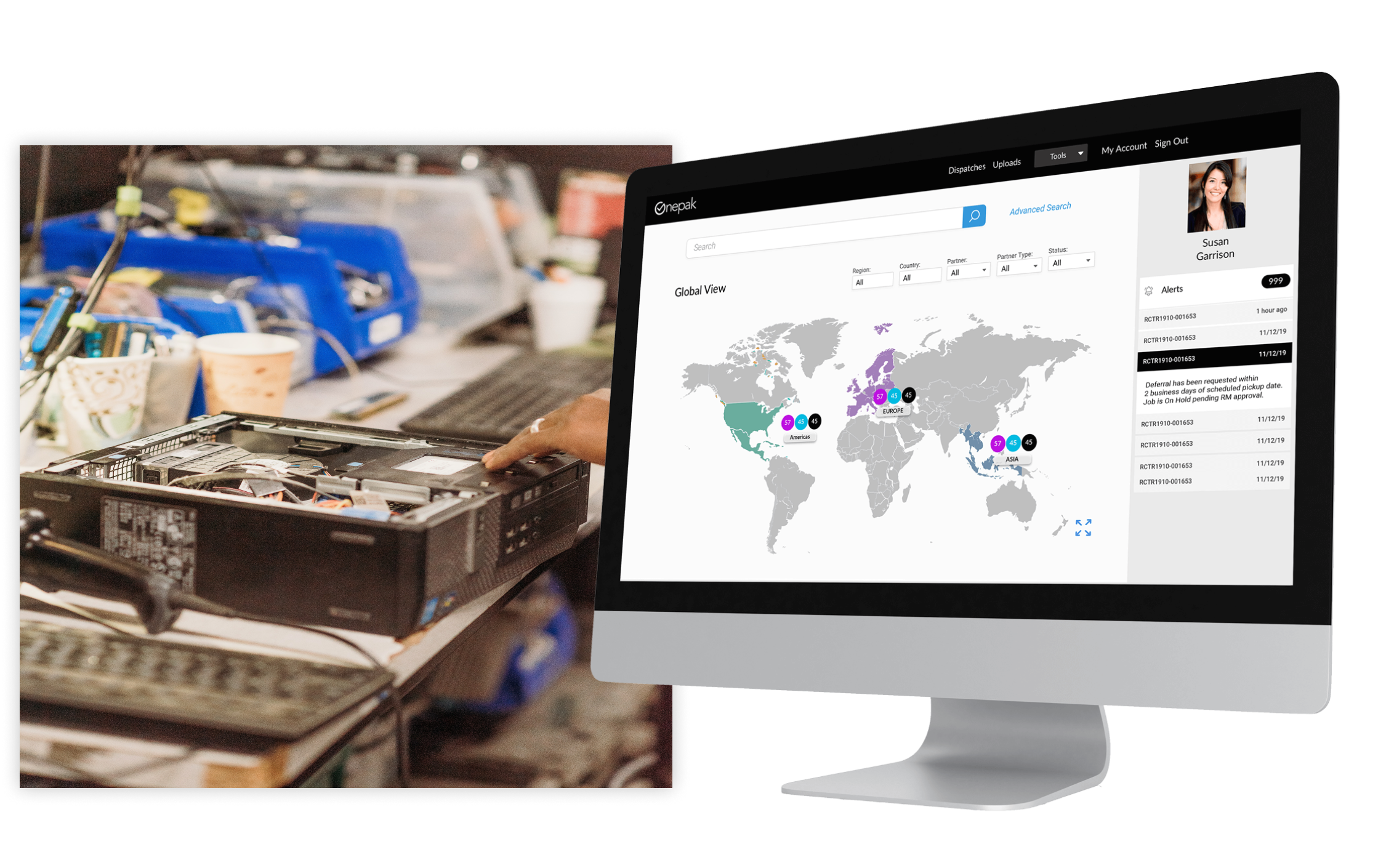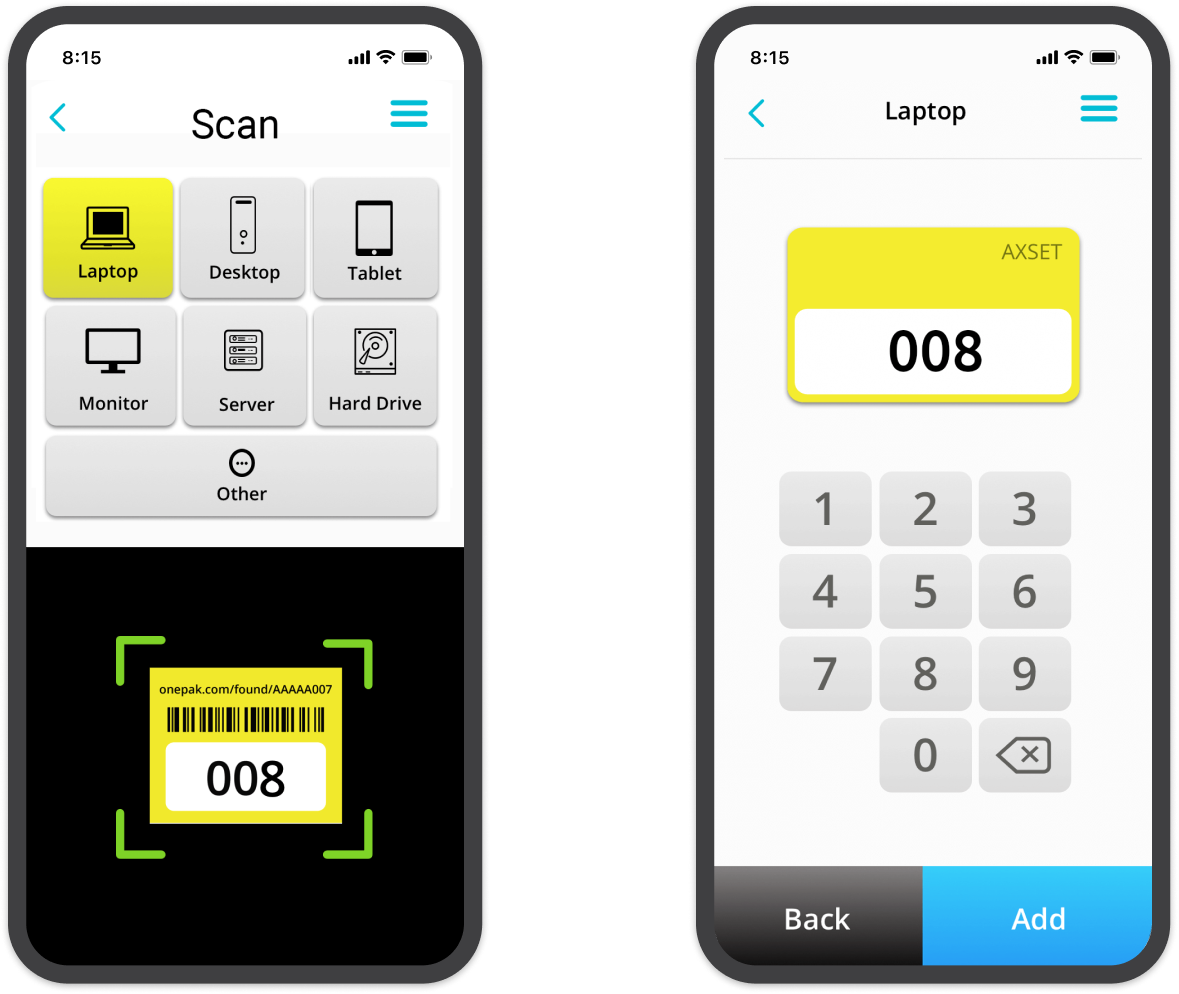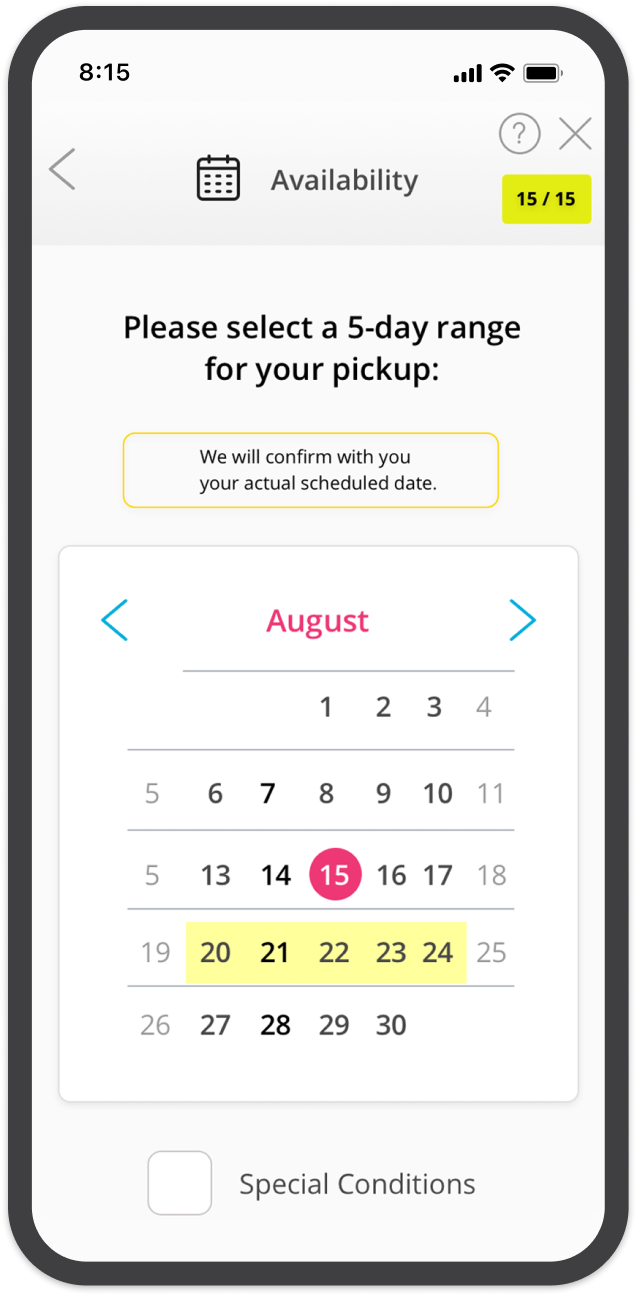Building A Transparent, User-Friendly Front-End
OnePak
OnePak is a reverse-logistics company. When organizations close or reach the end of their lease, they often return electronic equipment including laptops, desktop computers and servers to the original equipment manufacturers (OEMs) for recycling, refurbishment, or disposal. OnePak handles the logistics needed to return this equipment to the OEM.

The Challenge
OnePak had a robust back-end system that fueled its operations, but its clients had no visibility into how equipment was moving. OnePak needed a front-end tool that would allow all constituents—including organizations, OEMs, warehouse partners, and recycling and refurbishment partners—to view various pieces of the logistics value chain appropriately. Plus, the company was on a tight timeline and needed to create this front-end tool fast.
This main challenge with building this front-end was categorizing and processing the vast amount of available data. OnePak needed to create robust search capabilities and dynamic dashboards that would allow users to customize views to their specific role or needs. Ultimately, OnePak needed to build a platform that could be used for order tracking, partner routing, order management, partner performance, and asset pricing & estimating tracking.

The Solution
Gnar partnered with OnePak to design a front-end system that could match the company’s back-end. Our tool needed to work internationally in multiple languages and support multiple different internal and external roles that had different levels of viewing access. We collaborated with OnePak’s back-end dev team while building the front-end application, and we helped drive back-end team prioritization around developing the API the front-end would need.
Using React, we built a modern-looking tool that was user-friendly for multiple constituencies. OnePak had an aggressive timeline, so we developed the enterprise application within months—a process that can sometimes take years. Our Quality Software, Faster.™ approach to development allowed us to focus on the most important features and functionality, so we could launch more quickly with a tool that would meet the company’s major needs. It was critical that we design a flexible front-end that would frequently communicate with OnePak's back-end services, given that logistic data updates continuously as shipments move along the reverse supply chain. This communication ensured all users would be able to view updates in real-time.
Dell Supplier Award Winner

The Results
We launched the tool successfully within the aggressive time frame requested, and OnePak’s clients loved it. In fact, the company won a Dell Supplier Award as a result of our work.
Our close work with the back-end dev team allowed us to create a template for all of OnePak’s subsequent API development. We designed a repeatable process that emphasized front- and back-end processes working in tandem. This allowed for ongoing testing during development, which enabled us to show demonstrable progress and move features from start to finish more quickly.
With this template, OnePak can more easily and effectively launch software development processes in the future. Once we completed our work, OnePak hired internal team members to replace our engineers. We facilitated the transition by helping with documentation and handing off our development process to the new team.
Like what you hear and have a project of your own?